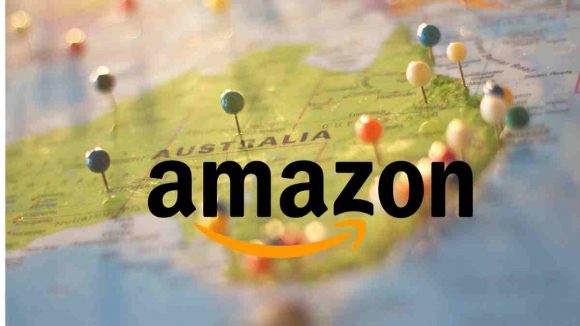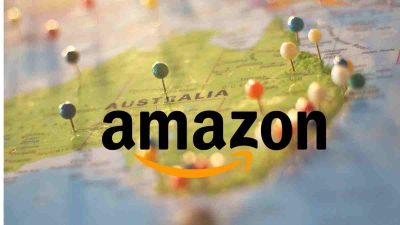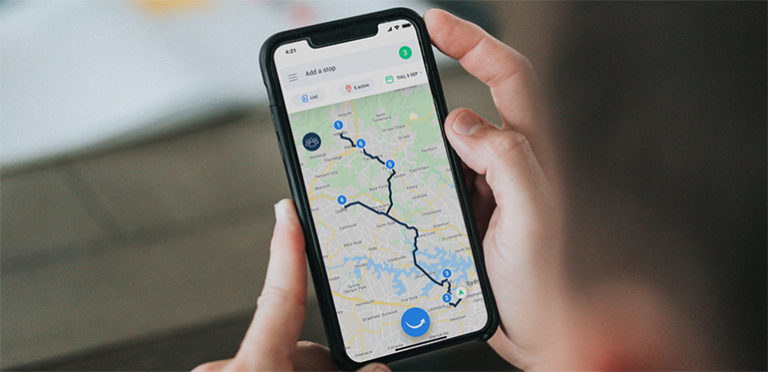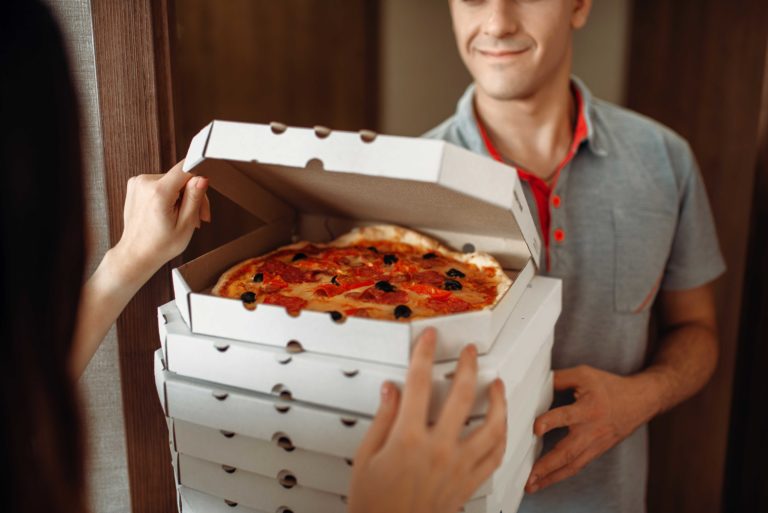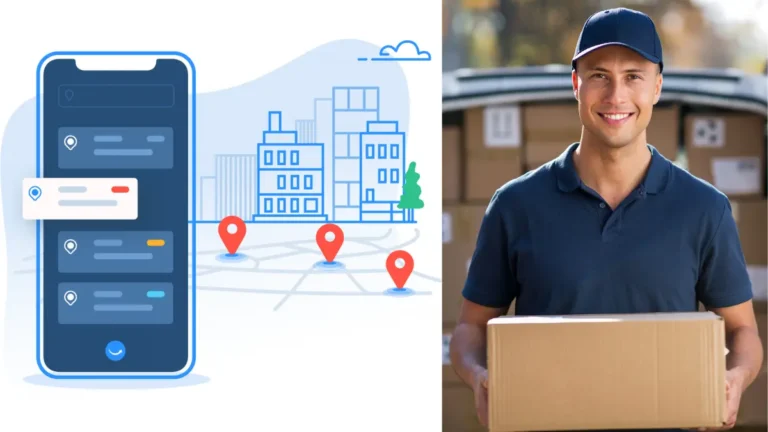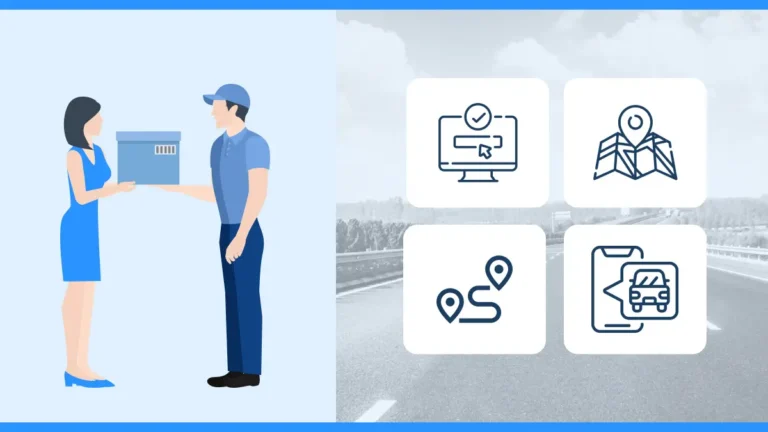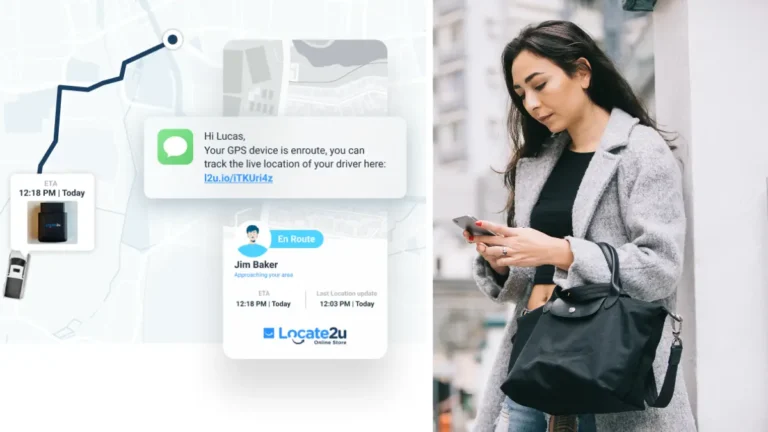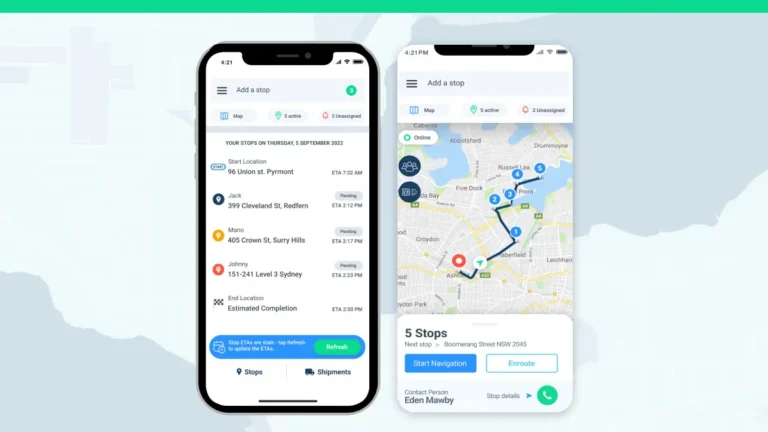Amazon’s newly released 2022 Sustainability Report shows the retail giant had cut its single-use plastic it sends to customers to nearly 86 000 tons.
It might still seem like a lot, but compared to the previous year, it’s significant progress. In 2021 it used more than 97 000 tons of single-use plastic for wrapping customers’ orders.
Single-use plastic is a massive environmental headache globally, which ultimately slows down the world’s climate change goals.
Amazon replaces single-use plastic with recyclable alternatives
The e-commerce retailer has announced that it is phasing out padded bags made from plastic and is in the process of replacing it with recyclable alternatives.
The report states that approximately 92% of the packaging material weight in the U.S. and Canada is curbside recyclable where programs are available. This however excludes produce bags and coolants. “All European one-way delivery packaging—excluding coolants—is also curbside-recyclable.”
As a result, Amazon’s average plastic packaging weight per shipment in 2022 across the globe dropped by 17.1%. “This was driven by expanding paper-based packaging and SIOC, and continuing use of lighter, more flexible, right-sized packaging.”
Single-use plastic delivery bags used for orders shipped from European fulfillment centres have been replaced with curbside-recyclable alternatives. Amazon has also reported that it eliminated single-use air pillows in Europe and Australia. It has been replaced by curbside-recyclable paper material.
Single-use plastic’s impact on environment
In Australia alone 20 million tonnes of garbage ends up in landfills each year, mostly situated around capital cities. That’s 40% of Australia’s total waste, ending up on landfill sites. Most of it is plastic. According to the University of Columbia plastic is degradable, even traditional plastic. Although it can be broken into tiny bits doesn’t mean the material will ever be absorbed into nature. Micro-plastics have been found everywhere in the world, as well as in water, and in humans.
Birds often mistake shredded plastic bags for food, filling their stomachs with toxic rubbish. Sea turtles mistake floating plastic for jellyfish. According to the Centre for Biological Diversity it takes 1 000 years for a plastic bag to degrade in a landfill.
Amazon’s goals to eliminate single-use plastic
Amazon’s social and environmental consciousness came after years of pressure from activists and groups challenging the retail giant to be more responsible with its packaging.
One such group is Oceana. They said in a statement soon after the release of the report that it was a “victory for the oceans”. The conservation group is also pleased Amazon is phasing out padded bags containing plastics. “It will have a significant impact on reducing the company’s plastic footprint given that pouches and bags represent over 30% of e-commerce plastic packaging globally.”
Amazon aims to achieve net-zero carbon emissions by 2040 — even as the company plans to boost sales — by powering its operations with renewable energy, shifting to electric delivery vehicles, using recyclable packaging, and minimizing waste, among other initiatives.
How will they get there?
- Choosing lower-carbon alternatives
- Transitioning to renewable energy
- Engaging suppliers
- Driving efficiency
- Neutralizing carbon
About the author
Mia is a multi-award-winning journalist. She has more than 14 years of experience in mainstream media. She's covered many historic moments that happened in Africa and internationally. She has a strong focus on human interest stories, to bring her readers and viewers closer to the topics at hand.

